Market Share
Synthetic Lubricant Market Share Analysis
In the competitive landscape of the Synthetic Lubricant market, companies deploy various strategies to position themselves strategically and thrive in this dynamic industry. A fundamental approach is product differentiation, where companies aim to distinguish their synthetic lubricants from competitors by highlighting unique features such as superior temperature stability, extended service intervals, or specific applications in industries like automotive, aerospace, or industrial machinery. By offering distinct advantages, companies can attract customers with specific needs, contributing to a robust market presence.
Lubricant is used between the two surfaces of the engine component or machinery to control or reduce friction. Synthetic lubricants can be produced from synthetic base oil which replaces mineral oil from crude oil like esters, PAO, and others. It is generally characterized as oily and liquid material. Even though it is not directly from petroleum, it shows similar properties to petroleum lubricants. These lubricants control the temperature of the vehicles by absorbing the heat generated by moving parts of the vehicle and transfer it to the cooler. Hence these lubricants enhance the lifecycle of the vehicles.
Cost leadership is another pivotal strategy within the Synthetic Lubricant market. Some companies focus on becoming low-cost producers, aiming to provide competitive pricing without compromising on the quality and performance of their synthetic lubricants. Achieving cost leadership often involves optimizing manufacturing processes, sourcing raw materials efficiently, and investing in economies of scale. This strategy is particularly effective in appealing to cost-conscious industries, allowing companies to capture a significant market share by providing cost-effective yet high-quality synthetic lubricant solutions.
Market segmentation is a key aspect of positioning strategies in the Synthetic Lubricant market. Companies analyze diverse industry needs, including automotive, industrial, and marine applications, and tailor their synthetic lubricants accordingly. By catering to the specific requirements of each segment, companies can effectively target their offerings, enhancing customer satisfaction and solidifying their position within distinct markets.
Collaboration and partnerships play a crucial role in market share positioning in the Synthetic Lubricant industry. Companies often form strategic alliances with original equipment manufacturers (OEMs), distributors, and research institutions to gain insights into emerging applications, access new technologies, and expand their market reach. Collaborative efforts enable companies to leverage complementary strengths, share resources, and collectively address challenges, resulting in a more robust market presence.
Continuous innovation is imperative for success in the Synthetic Lubricant market. Companies invest in research and development to introduce lubricants with improved wear protection, enhanced thermal stability, and adaptability to diverse operating conditions. Innovations may focus on developing bio-based lubricants, improving the biodegradability of products, or addressing specific regulatory requirements. Staying ahead in terms of technological advancements ensures that companies remain competitive and adaptable to changing demands in the synthetic lubricant sector.
Effective marketing and branding initiatives contribute significantly to market share positioning. Establishing a strong brand image, emphasizing the performance and longevity of synthetic lubricants, and highlighting endorsements or certifications can influence buyer perceptions. Targeted marketing campaigns create awareness among industries reliant on synthetic lubricants, fostering customer loyalty and attracting new clients.
Global expansion is a strategic move employed by companies to secure a larger market share in the Synthetic Lubricant market. As industries using synthetic lubricants operate globally, companies explore opportunities in international markets. Adapting to global regulations, understanding diverse customer preferences, and addressing market dynamics in different regions allow companies to expand their presence globally, tapping into the growing demand for high-performance synthetic lubricants.

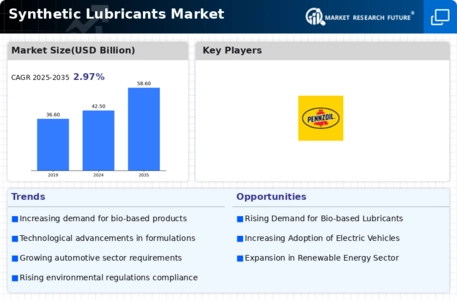
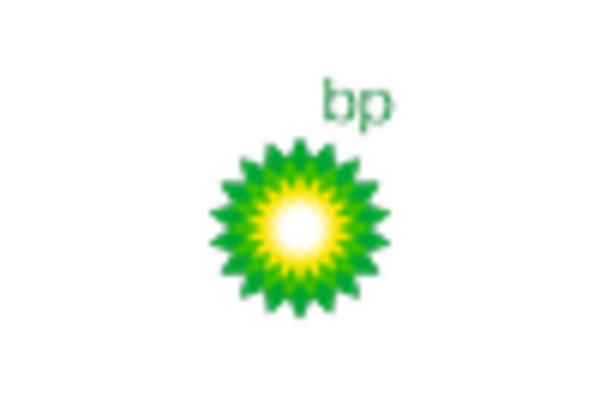
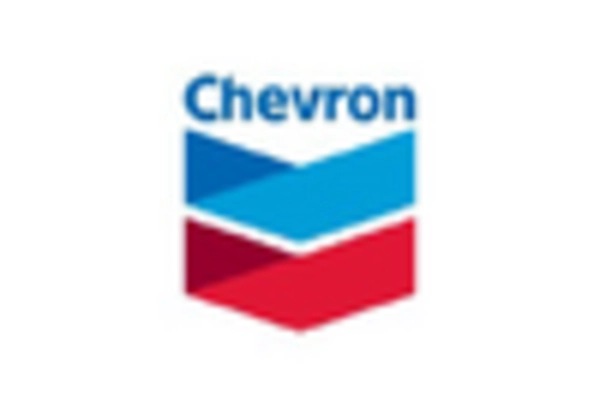
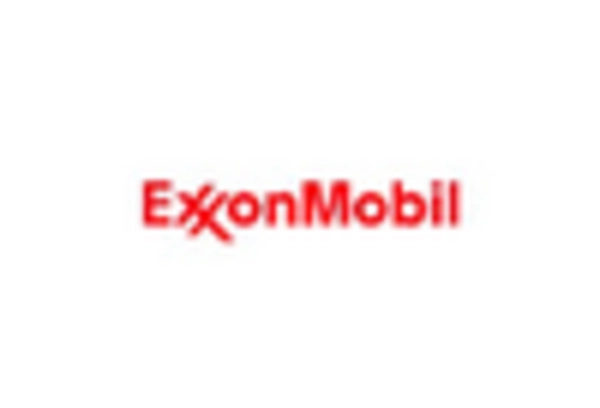
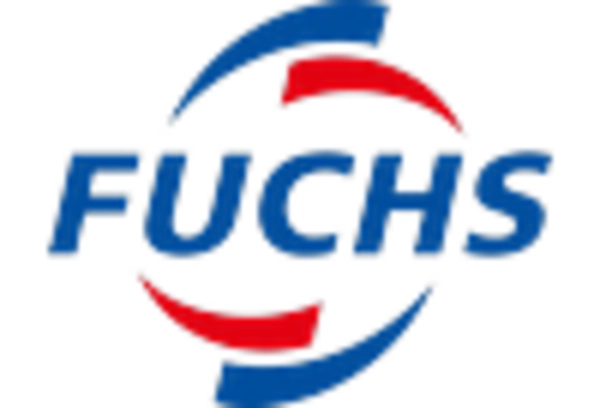
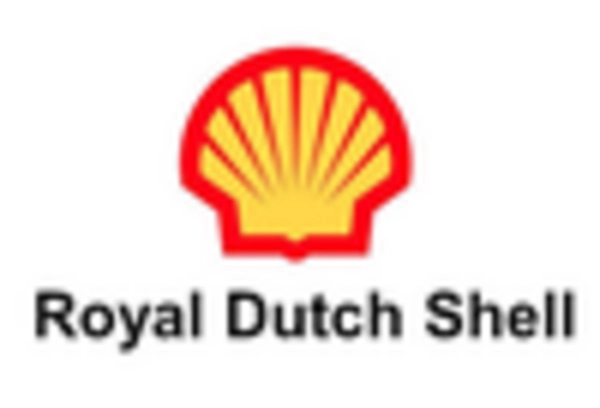










Leave a Comment